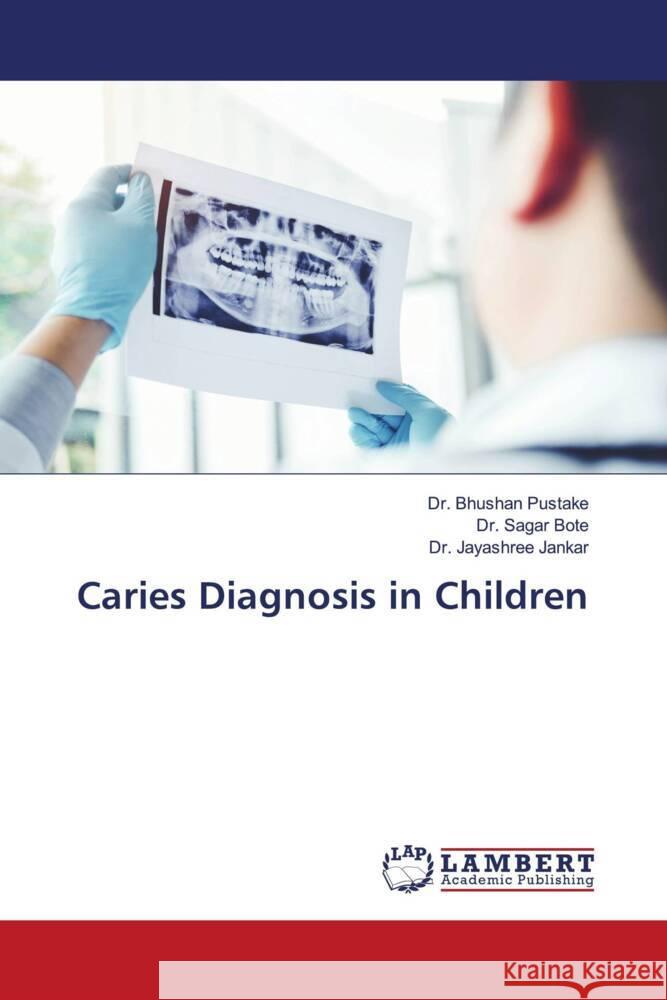Caries Diagnosis in Children » książka
Caries Diagnosis in Children
ISBN-13: 9786204209074 / Angielski / Miękka / 188 str.
For several decades the accepted method for detecting carious lesions in patients as well as in clinical trials has been a combination of clinical visual-tactile (light, mirror, and probing) examination and bitewing radiographs. For most patients these techniques are still appropriate. However, over the last few decades there has been a considerable increase in materials/tools and methods available for this purpose. Although currently there is no single diagnostic method on the horizon that can reliably detect precavitated carious lesions on all tooth surfaces, the prospects look favorable that with continued research, quantitative light-induced fluorescence, electrical conductivity measurements, direct digital radiography and digital fiberoptic transillumination, will provide the high degree of sensitivity and specificity needed to detect early dental caries. Because "the ultimate outcome of the caries diagnostic process in clinical practice is the decision concerning the need for treatment". The development of newer methodologies of caries detection are critical to reduce the possibility of an incorrect diagnosis which will ultimately lead to an incorrect treatment decision.











